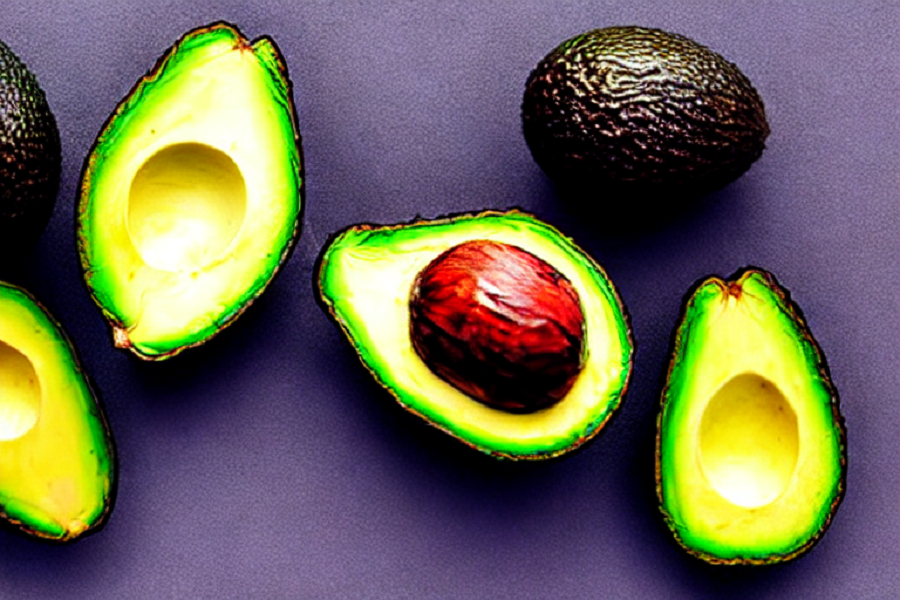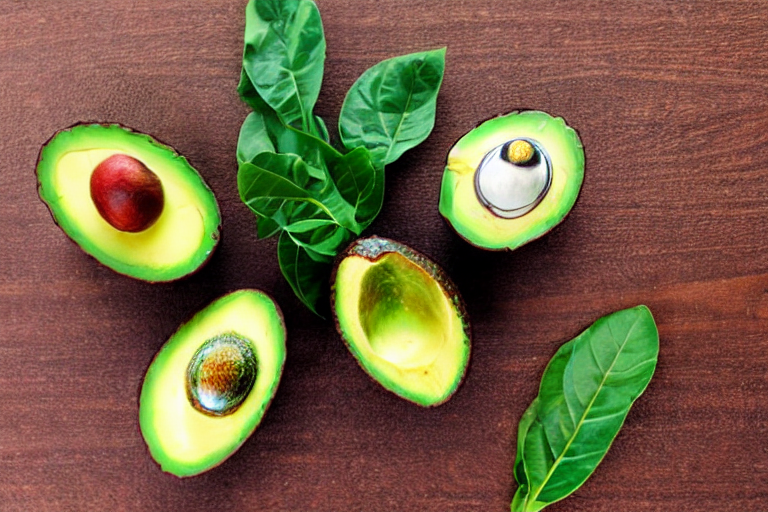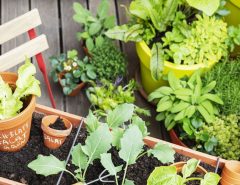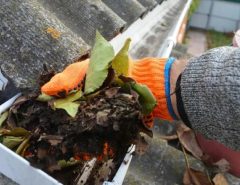Have you ever wondered about the journey of an avocado seed, from a humble kernel to a magnificent tree bearing delicious fruits? The avocado seed growing stages hold the secret to this remarkable transformation, encapsulating the beauty and resilience of nature. Understanding the intricate stages of avocado growth not only fosters a deeper appreciation for this luscious fruit but also empowers aspiring avocado enthusiasts to embark on their own green-thumb adventures. However, navigating the avocado seed growing stages time can be a daunting task without proper guidance.
Fear not, for in this article, we unravel the mystery behind each phase of an avocado seed’s life cycle, equipping you with the knowledge and tools necessary to nurture and witness the awe-inspiring journey from a dormant seed to a flourishing avocado tree. Get ready to delve into the captivating world of avocado cultivation as we explore the fascinating avocado growth stages, offering insights, tips, and a newfound appreciation for the marvels of nature.
Understanding Avocado Seeds
The avocado seed, also known as the pit, is the primary source of nutrients and energy for germinating seedlings. As a plant parent, it’s essential to keep in mind that gnats in plants can be a common issue. Therefore, it’s important to make sure that the soil surrounding the avocado seed is not too moist to avoid attracting gnats. The source itself is usually brown and oblong, and it’s fascinating to watch it grow into a beautiful avocado tree.

Anatomy of an Avocado Seed
An avocado seed consists of several essential parts. The outermost layer, the seed coat or testa, protects the inner seed from external elements. Beneath the seed coat lies the endosperm, a nutrient-rich tissue that fuels the growth of the developing seedling. Lastly, nestled within the endosperm, lies the embryo, which will eventually grow into the avocado tree.
Nutritional Value of Avocado Seeds
Avocado seeds are often overlooked, but they contain valuable nutrients. They are a good source of fiber, antioxidants, and healthy fats. Studies have shown that avocado seeds possess antimicrobial and anti-inflammatory properties, potentially benefiting human health.
Why Grow Avocado Seeds?
Growing avocado seeds can be a rewarding experience. It allows you to witness the miracle of life as a small seed transforms into a magnificent tree. Moreover, growing your avocado tree gives you access to fresh, organic avocados right in your backyard, saving you money and ensuring a sustainable source of this nutritious fruit.
Preparing the Avocado Seed
Selecting the Perfect Avocado Seed
When choosing an avocado seed for planting, look for one that is undamaged, healthy, and recently removed from the fruit. Avoid seeds with cracks or blemishes, as they may hinder germination and growth.
Cleaning and Preparing the Avocado Seed
Before planting, removing any flesh or residue from the seed is important. Rinse the seed gently under running water, not damaging the seed coat. Once clean, allow the seed to dry completely before proceeding to the next step.
Strategies for Germination Success
Avocado seeds require specific conditions for successful germination. One common method involves suspending the seed over a glass of water, ensuring that the bottom half of the seed is submerged. Another technique is to plant the seed directly in the soil, providing consistent moisture and warmth. Experiment with different methods to find the one that works best for you.
Germination Stage
Soaking the Avocado Seed
During germination, the avocado seed needs to absorb moisture to activate growth. By soaking the seed in water, you provide the necessary hydration for the seed coat to soften and the embryo to awaken.
Encouraging Root Growth
As the seed begins to absorb water, the root emerges from the base of the seed. To promote healthy root growth, maintain a moist environment and ensure proper drainage. The root will establish itself, anchoring the seedling into the soil or germination medium.
Signs of Germination
When you see the small sprout emerging from the top of your avocado seed, it’s a sign that germination has occurred. This is the epicotyl, which will become the stem and leaves of your tree. It’s time to transfer the seedling to a suitable growing medium, such as a pot filled with nutrient-rich soil. For garden DIY jobs, you can use compost or a well-draining soil mix to give your avocado tree the best chance of thriving. Make sure to keep the soil moist but not waterlogged, and place the pot in a sunny location. With proper care, your avocado tree will grow into a beautiful and fruitful addition to your garden.
Transplanting the Germinated Seed
Choosing the Right Pot
When transplanting the germinated avocado seed, select a pot that provides ample space for the root system to grow. Ensure that the pot has drainage holes to prevent waterlogging, which can lead to root rot.
Preparing the Soil
Use a well-draining potting mix or blend compost, sand, and perlite. This mixture allows for proper aeration and prevents the soil from becoming compacted, ensuring healthy root development.
Transferring the Germinated Seed
Gently remove the germinated seed from its original container and place it in the prepared pot. Position the seedling in the center, ensuring the root is covered with soil while the top of the sprout remains exposed.
Early Growth Stage

The Emergence of the Shoot
After transplanting, the avocado seedling enters the early growth stage, characterized by the emergence of the shoot. The shoot consists of the epicotyl, which elongates and produces the plant’s stem and leaves.
Providing Adequate Light
Avocado seedlings require abundant light to support healthy growth. Place the pot in a sunny location, preferably near a window or under artificial grow lights. Aim for at least 6 to 8 hours of direct or indirect sunlight daily.
Watering and Moisture Control
Maintaining proper moisture levels is crucial during the early growth stage. Avoid overwatering, as it can lead to root rot. Instead, water the seedling when the top inch of soil feels dry to the touch. Use a spray bottle or a gentle stream of water to prevent displacing the soil or damaging the young plant.
Establishing the Seedling
Promoting Healthy Root Development
As the seedling grows, it is important to encourage strong root development. Gradually transition from watering with a spray bottle to a watering can, allowing the water to reach the deeper soil layers. This practice helps the roots establish a robust network, ensuring the seedling’s stability and nutrient absorption.
Pruning and Shaping the Seedling
To shape the seedling and promote a desirable structure, pruning is essential. Trim the top leaves periodically to encourage lateral branching and create a fuller, bushier plant. Be cautious not to remove too many leaves, vital in photosynthesis.
Fertilizing for Growth
To provide the nutrients for healthy growth, apply a balanced fertilizer formulated for young plants. Follow the instructions on the fertilizer packaging, and avoid overfertilization, as it can cause nutrient imbalances and harm the seedling.
Vigorous Growth Stage
Strengthening the Stem and Branches
The avocado seedling’s stem and branches become more substantial during the vigorous growth stage. To support their development, ensure the plant receives adequate sunlight and gentle air movement. A slight breeze helps strengthen the stem and prevents the plant from becoming weak and leggy.
Ensuring Proper Nutrient Intake
Continued fertilization is crucial to meet the nutrient demands of the growing avocado tree. Switch to a fertilizer with a higher nitrogen content to support leaf and stem development. Monitor the plant for any nutrient deficiencies and adjust the fertilizer regimen accordingly.
Managing Pest and Disease
Be vigilant for common pests such as aphids, spider mites, and scale insects, which can infest avocado plants. Regularly inspect the leaves and stems for signs of pest activity. If necessary, apply organic or chemical pest control measures to prevent damage to the plant.
Development of Leaves and Canopy

Leaf Expansion and Photosynthesis
As the avocado tree grows, its leaves expand and increase in number. Leaves are essential for photosynthesis, the process through which plants convert sunlight into energy. Ensure the tree receives adequate light and proper moisture levels to support healthy leaf growth.
Pruning for Canopy Management
Selective pruning is necessary to manage the tree’s canopy and shape its growth. Remove dead, damaged, or overcrowded branches to improve air circulation and sunlight penetration. Pruning also helps maintain the tree’s size and promotes the development of lateral branches.
Encouraging Lateral Branch Growth
Encouraging lateral branch growth helps create a bushier and more productive avocado tree. Pinch or prune the top portion of the young branches to stimulate lateral bud growth. This practice ensures a well-balanced canopy and increases the potential for abundant fruit production.
Flowering and Pollination
Understanding Avocado Flower Structure
Avocado flowers are unique, with both male and female reproductive structures. Each flower contains functional stamens, which produce pollen, and a pistil, which contains the ovary.
The Role of Pollinators
Avocado trees use pollinators like bees and flies to transfer pollen between flowers. These insects facilitate cross-pollination, increasing the chances of a successful fruit set. Ensure a pollinator-friendly environment by planting flowers that attract beneficial insects near the avocado tree.
Promoting Successful Pollination
To enhance pollination and fruit set, consider hand pollination. Gently transfer pollen from the stamens of one flower to the stigma of another flower using a small brush or cotton swab. This method ensures better control over the pollination process, especially when the tree is grown in indoor or isolated environments.
Fruit Formation
How Avocado Fruits Develop
After successful pollination, the avocado tree begins to develop fruits. The fertilized ovary grows into a fruit, known as a drupe. Over time, the fruit matures and ripens, changing size, color, and texture.
Factors Influencing Fruit Set
Several factors influence the fruit set of avocado trees. These include temperature, humidity, pollination success, and tree health. Adequate care, maintenance, and optimal environmental conditions contribute to a higher fruit set and a bountiful harvest.
Thinning for Optimal Fruit Growth
Thinning the developing fruits can enhance their quality and size. Remove excess ones when the fruits are small and still developing, leaving an appropriate distance between them. This practice ensures that each fruit receives sufficient resources for optimal growth.
Maturation and Harvesting
Signs of Ripening Avocado Fruits
Avocado fruits exhibit specific signs when they are ripe and ready for harvest. The skin color changes, becoming darker or transitioning to the specific hue of the avocado variety. Additionally, gently applying pressure to the fruit should yield a slight give, indicating the desired ripeness.
Harvesting at the Right Time
Timing is crucial when harvesting avocados to achieve the best flavor and texture. Harvest the fruits when they have reached maturity but before they become overripe. Carefully cut the stem or use a gentle twisting motion to detach the fruit from the tree.
Post-Harvest Care and Storage Tips
After harvesting, handle avocados with care to prevent bruising and damage. Store unripe avocados at room temperature until they reach the desired level of ripeness. Once ripe, transfer them to the refrigerator to slow down the ripening process and extend their shelf life.
Seed Propagation

Collecting and Preparing Avocado Seeds for Propagation
Collect mature seeds from ripe fruits if you want to propagate avocado trees from seeds. Remove any remaining flesh and wash the seed thoroughly. To improve germination rates, it is recommended to pre-soak the seed in water for a few days before planting.
Seed Propagation Techniques
There are various methods for propagating avocado seeds, including toothpicks and soil methods. In the toothpick method, suspend the seed over a glass of water, ensuring the bottom half remains submerged. The soil method involves planting the pre-soaked seed directly in a well-draining potting mix.
Caring for Avocado Seedlings
Avocado seedlings require similar care to those grown from germinated seeds. Provide ample sunlight, and water consistently, and fertilize regularly with a balanced fertilizer. As the seedling develops, continue pruning to shape its growth and encourage lateral branching.
Troubleshooting Common Issues
Nutrient Deficiencies and Excesses
Avocado trees are susceptible to nutrient deficiencies and excesses, which can manifest as leaf discoloration, stunted growth, or other visible symptoms. Regularly monitor the tree’s foliage and soil, adjusting fertilization to ensure a healthy nutrient balance.
Pests and Diseases
Avocado trees may face pests such as aphids, mites, and fungal diseases like root rot or powdery mildew. Implement preventive measures like regular inspections, proper sanitation, and targeted treatments to keep pests and diseases under control.
Environmental Stress Factors
Avocado trees are sensitive to environmental stress factors such as extreme temperatures, drought, or excessive rainfall. Protect the tree from harsh conditions by appropriately providing shade, mulching, and appropriately watering. Creating a favorable microclimate can help the tree thrive.
Fun Facts about Avocado Seeds
Ancient Uses of Avocado Seeds
Throughout history, avocado seeds have served various purposes. Indigenous cultures utilized them for medicinal properties, including treating digestive issues and skin ailments. They were also ground into a powder to create natural dyes.
Avocado Seed Crafts and DIY Projects
Avocado seeds can be transformed into unique crafts and DIY projects. They can be carved, painted, or used as natural dye sources for fabric. Get creative and explore the numerous possibilities to repurpose avocado seeds.
Avocado Seed: More than Just a Seed
Beyond its potential to grow into a tree, the avocado seed holds nutritional and medicinal value. Although not commonly consumed, it can be dried, ground, and used in smoothies, soups, or as a nutritional supplement.
Conclusion
The avocado seed growing stages unveil the captivating journey of an avocado seed, transforming it into a flourishing tree. From the humble beginnings of germination to the emergence of a resilient shoot, each step in the stages of avocado growth brings the seed closer to its full potential. As the root system develops, anchoring itself firmly in the soil, the shoot stretches towards the sky, seeking sunlight to fuel its growth.
In the subsequent phases, the seedling becomes more robust, its leaves maturing and branching out, while the main stem elongates. Time is a critical factor in this avocado seed growing stage time, as the tree gradually establishes its strength and vitality. Finally, after months of patient nurturing, the avocado tree bears the fruits of its labor, providing us with the delectable avocados we adore. Witnessing the life circle of an avocado seed is a testament to nature’s magnificent artistry and the endless possibilities encapsulated within a single seed.
FAQs
Can I grow an avocado tree from store-bought avocados?
Yes, you can grow an avocado tree from store-bought avocados. Choose a ripe avocado and follow the steps for preparing and germinating the seed.
How long does it take for an avocado seed to germinate?
Avocado seeds typically take anywhere from 2 to 6 weeks to germinate. The exact time can vary depending on various factors, such as temperature and seed quality.
Do I need a male and a female avocado tree for fruit production?
No, most avocado varieties are self-pollinating, meaning they have male and female flower parts on the same tree. However, having multiple trees can increase the chances of successful pollination and higher fruit yields.
Can I grow an avocado tree indoors?
Yes, you can grow an avocado tree indoors. Ensure it receives sufficient sunlight, either through a sunny window or by using artificial grow lights. Adequate humidity and regular watering are also crucial for indoor avocado tree success.
How long does it take for an avocado tree to bear fruit?
Avocado trees typically take around 3 to 5 years to bear fruit. However, the exact time can vary depending on tree variety, growing conditions, and care provided.
Tags: avocado, avocado seed growing stages, growing, seed, stages



